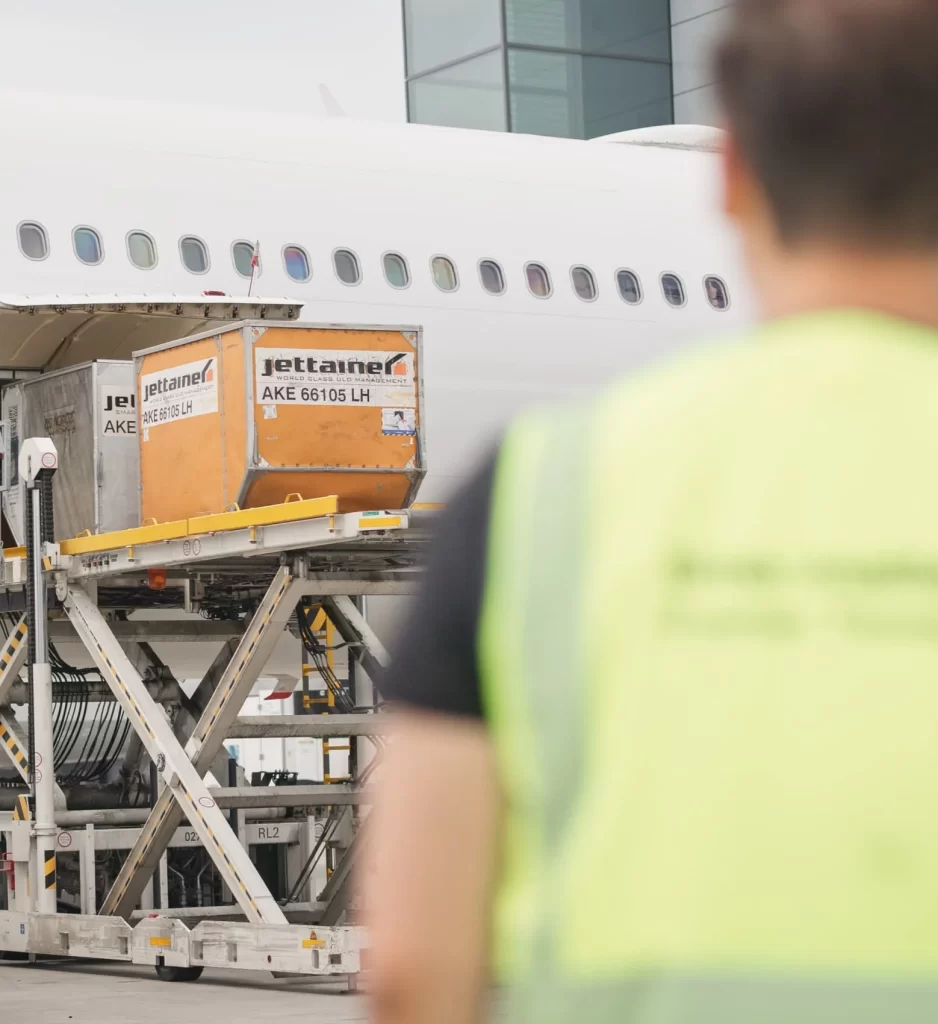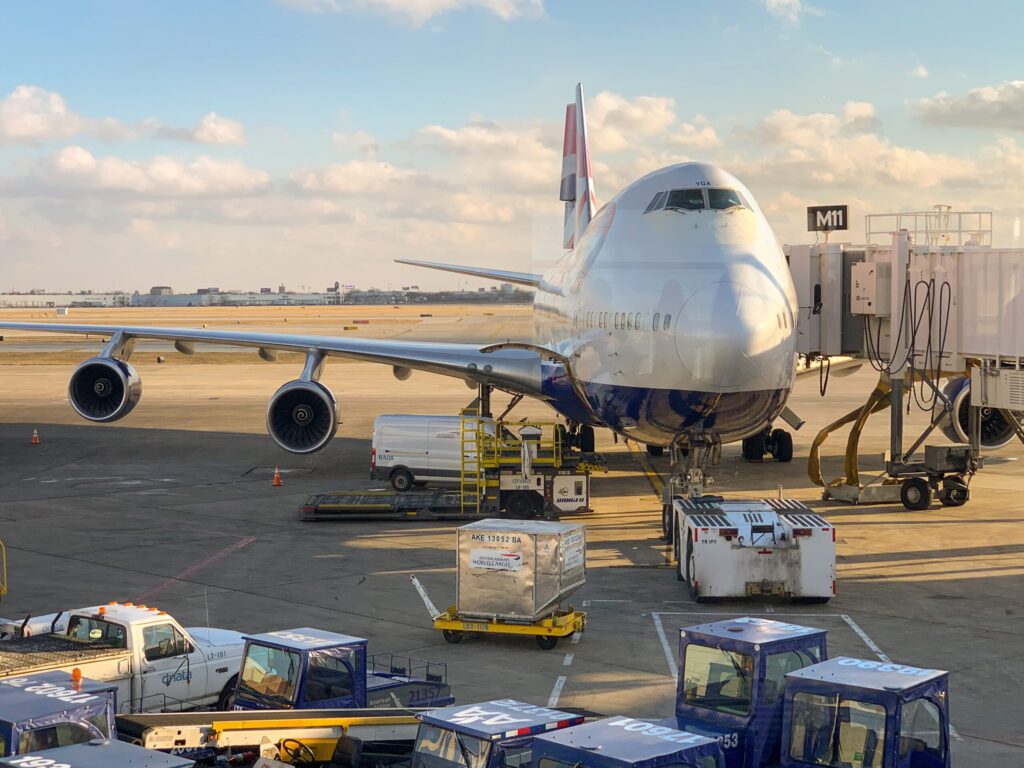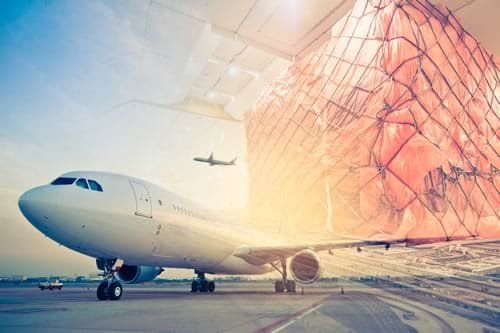- By Della tj
- September 15, 2025
- Air Freight, Shipping
China Airlines freight tracking is essential for businesses relying on air cargo to manage delivery schedules and supply chains. Many importers face challenges like delayed shipments, unclear documentation, and difficulty predicting arrival times. However, efficient tracking solutions ensure visibility, reliability, and improved customer satisfaction.
What Is China Airlines Freight Tracking?
China Airlines freight tracking allows shippers and consignees to monitor cargo movement in real time. Moreover, it provides details like flight number, airway bill status, estimated arrival, and delivery confirmation. As a result, businesses can plan customs clearance, warehousing, and onward distribution more effectively.
How Does the China Airlines Freight Tracking System Work?
Cargo tracking typically involves entering the Air Waybill (AWB) number on the airline’s portal. The system updates status at each milestone:
| Tracking Status | Meaning |
|---|---|
| Booked | Space confirmed on a flight |
| Accepted | Cargo received at origin terminal |
| Departed | Flight departed from origin |
| Arrived | Flight arrived at destination |
| Delivered | Cargo released after customs |
Why Is Air Cargo Tracking So Important?
Although sea freight offers lower costs, air cargo ensures speed and reliability. Without a doubt, real-time tracking helps:
- Reduce uncertainty in supply chains
- Plan warehouse staffing in advance
- Inform customers with accurate delivery updates
- Respond quickly to delays or customs issues

What Are the Main Advantages of Using China Airlines for Freight?
| Benefit | Explanation |
|---|---|
| Wide Global Network | Connects Asia to North America, Europe, and Australia |
| Real-Time Tracking | Transparent updates for every shipment |
| Faster Transit | Ideal for urgent or high-value goods |
| Secure Handling | Enhanced safety protocols for sensitive cargo |
How Much Does China Airlines Freight Cost?
Air freight is charged by weight or volume. Accordingly, rates vary depending on route, urgency, and cargo type.
| Route (2025 Est.) | Cost per kg (USD) | Transit Time |
|---|---|---|
| Shanghai → Los Angeles | 4.80–6.50 | 5–7 days |
| Beijing → Frankfurt | 5.20–6.90 | 5–6 days |
| Taipei → Sydney | 4.50–6.20 | 4–5 days |

Real Case Studies: China Airlines Freight Tracking
Case 1: Shenzhen → Los Angeles (Consumer Electronics)
- Goods: 1,200 kg of smartphones
- Mode: Air freight
- Cost: USD 6,400
- Transit: 6 days
- Outcome: Cargo tracked online, cleared quickly for warehouse delivery
Case 2: Taipei → Frankfurt (Pharmaceuticals)
- Goods: 800 kg of temperature-sensitive vaccines
- Mode: Air freight with cold chain service
- Cost: USD 5,750
- Transit: 5 days
- Outcome: Real-time monitoring ensured uninterrupted cold storage compliance
What Documents Are Needed for Air Cargo Tracking and Clearance?
| Document | Purpose |
|---|---|
| Air Waybill (AWB) | Primary tracking and contract document |
| Commercial Invoice | Declares cargo value and description |
| Packing List | Identifies cargo weight and dimensions |
| Import License | Required for restricted goods |
| Certificate of Origin | Proves manufacturing country for duties |
| Insurance Policy | Covers loss or damage in transit |
How Does China Airlines Compare with Sea and Rail Freight?
| Mode | Cost Level | Transit Time | Pros | Cons |
|---|---|---|---|---|
| Air Freight | High | 3–7 days | Fast, secure, reliable | Expensive |
| Sea Freight | Low | 20–40 days | Cheapest for bulk cargo | Very slow |
| Rail Freight | Medium | 15–22 days | Balance of speed/cost (Europe only) | Limited coverage |
Can Businesses Integrate China Airlines Freight Tracking into Supply Chains?
Yes, companies integrate tracking data into ERP systems and logistics dashboards. Consequently, this improves demand forecasting, inventory management, and customer service. Additionally, forwarders can provide automated notifications to reduce manual checks.
Should Small E-Commerce Sellers Use China Airlines Freight?
For high-value, lightweight goods, air freight is highly competitive. In addition, e-commerce sellers benefit from:
- Fast delivery to major markets
- Reliable schedule adherence during peak seasons
- Simplified customs with forwarder support
How Can Importers Save Money on Air Freight?
Although air freight is costly, importers reduce expenses by:
- Consolidating shipments through freight forwarders
- Choosing off-peak flight schedules
- Negotiating annual contracts with airlines
- Using mixed-mode logistics (air + sea for balance)
Conclusion
China Airlines freight tracking provides transparency, efficiency, and peace of mind for global importers. With accurate status updates, importers reduce delays, improve inventory planning, and maintain customer trust. Moreover, air freight via China Airlines delivers fast, secure solutions for urgent shipments. Partnering with forwarders ensures smoother customs clearance and cost efficiency. Ultimately, effective use of china airlines freight tracking helps businesses enhance logistics performance and strengthen international trade operations.
- Consult TJ China Freight Forwarding for the lowest quote. They will provide you with reliable, cost-effective service.
FAQs
Q1.How do I find my China Airlines freight AWB number?
Your AWB number is provided on shipping documents by the forwarder or airline, enabling real-time cargo tracking.
Q2.Can I receive SMS alerts for China Airlines freight tracking?
Yes, some forwarders offer SMS or email notifications linked to China Airlines tracking updates for shipment visibility.
Q3.What is the fastest China Airlines freight route to Europe?
Beijing to Frankfurt is among the fastest routes, averaging five days transit with dependable cargo handling services.
Q4.How can e-commerce sellers benefit from China Airlines freight tracking?
They gain accurate delivery schedules, reduce customer complaints, and align inventory planning with shipment updates efficiently.
Q5.Are customs duties included in China Airlines freight costs?
No, freight rates exclude duties, taxes, and clearance fees, which importers must pay separately at destination customs.




